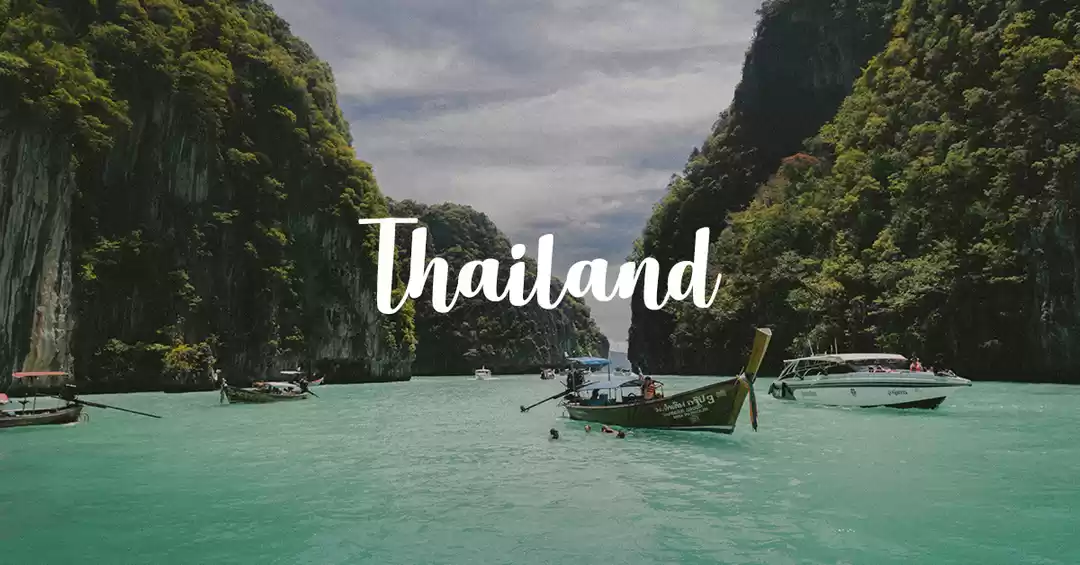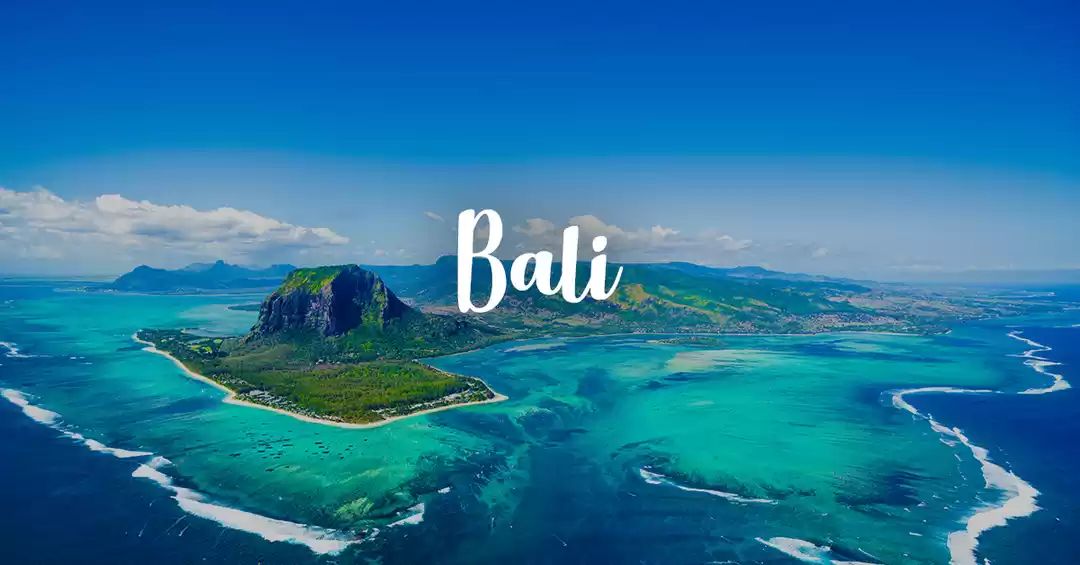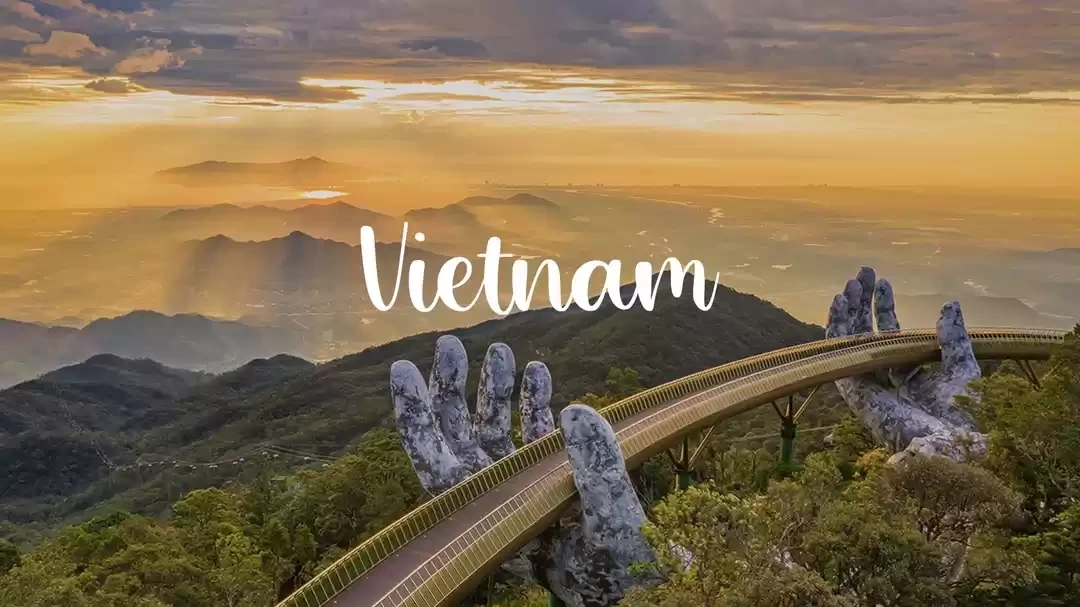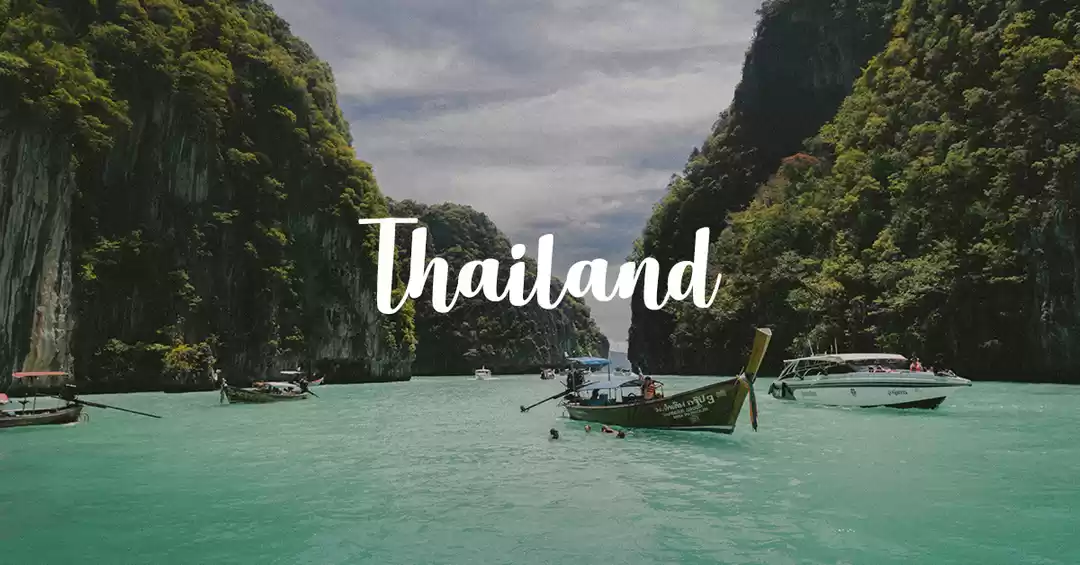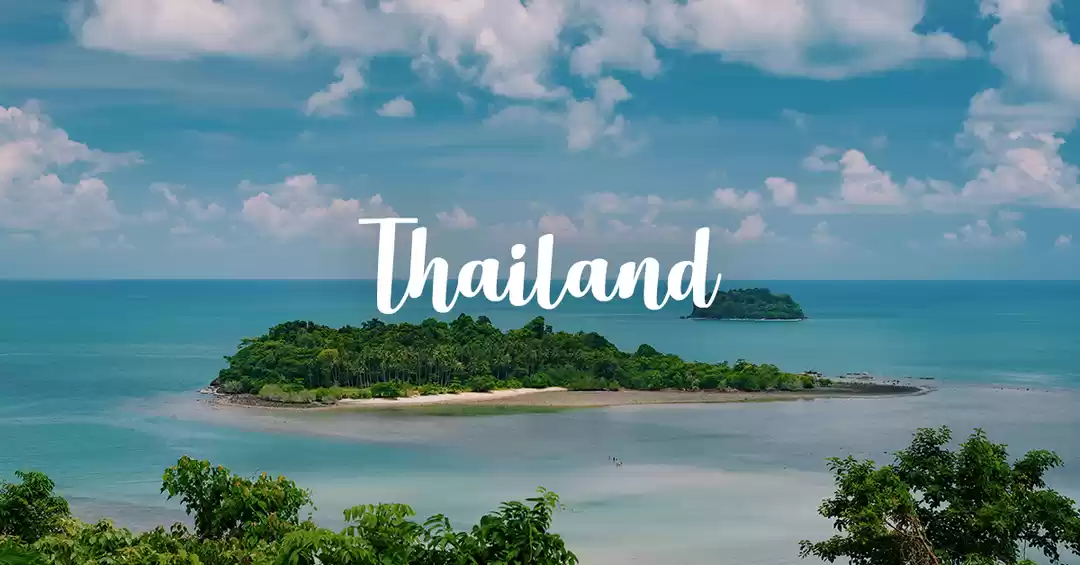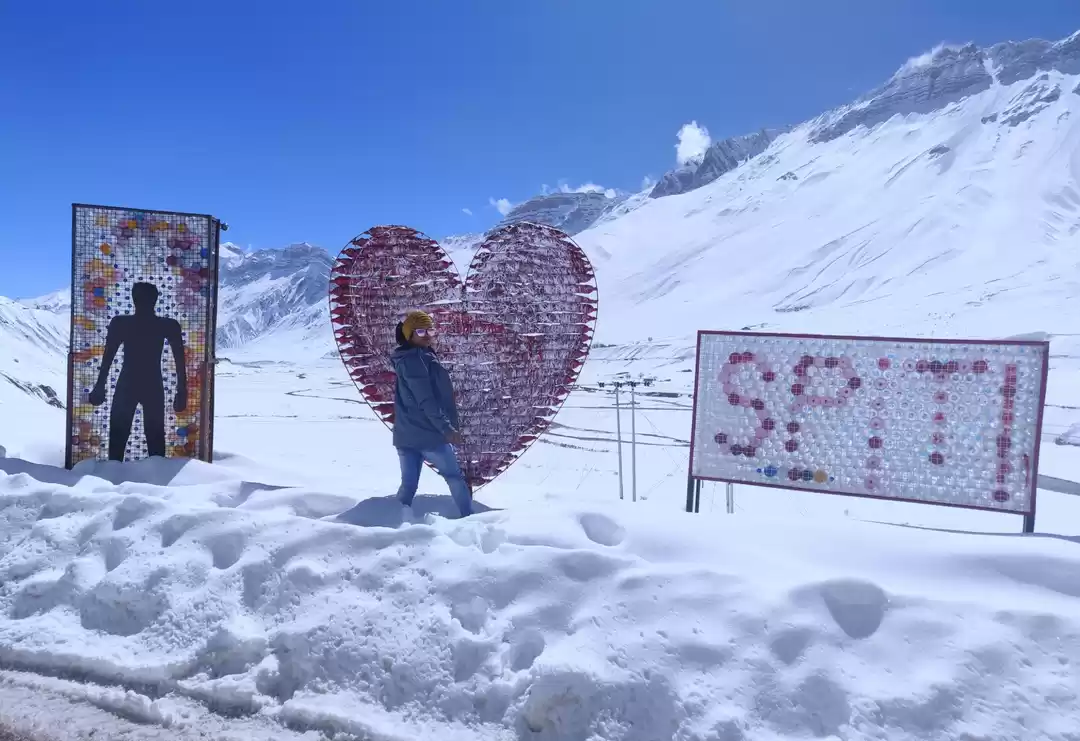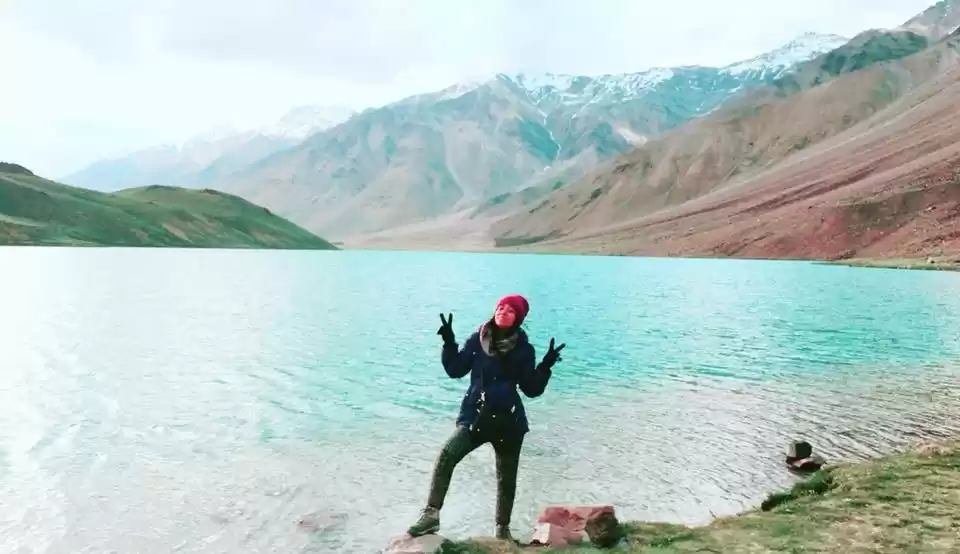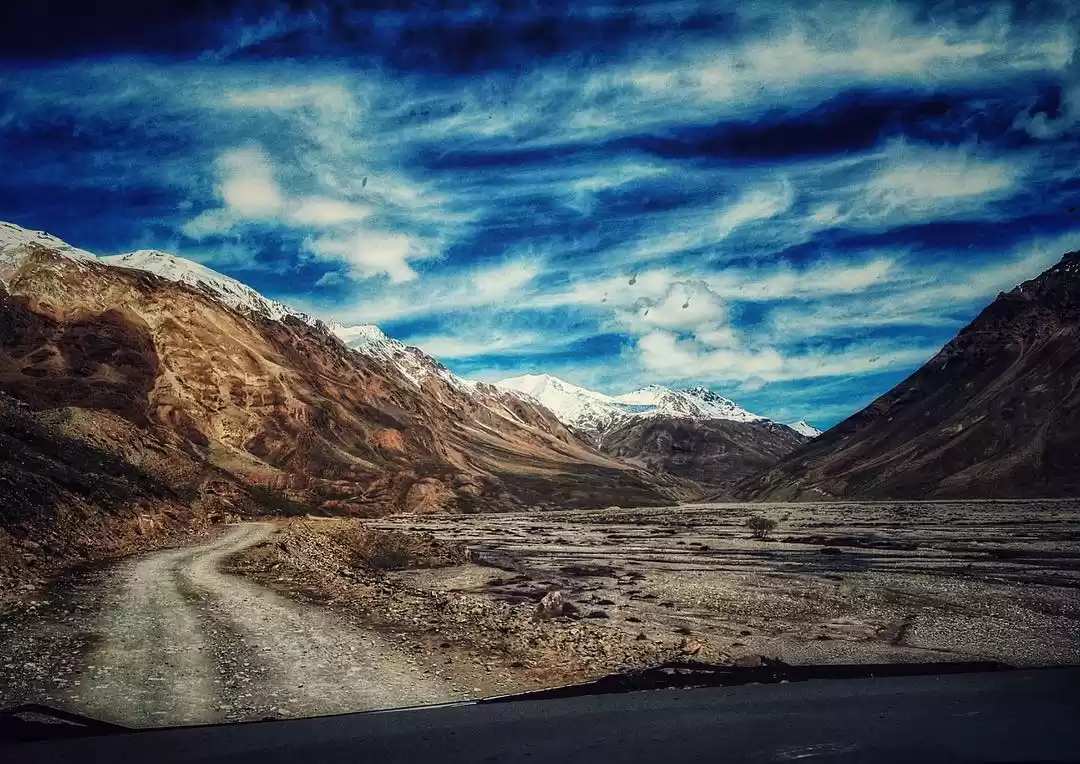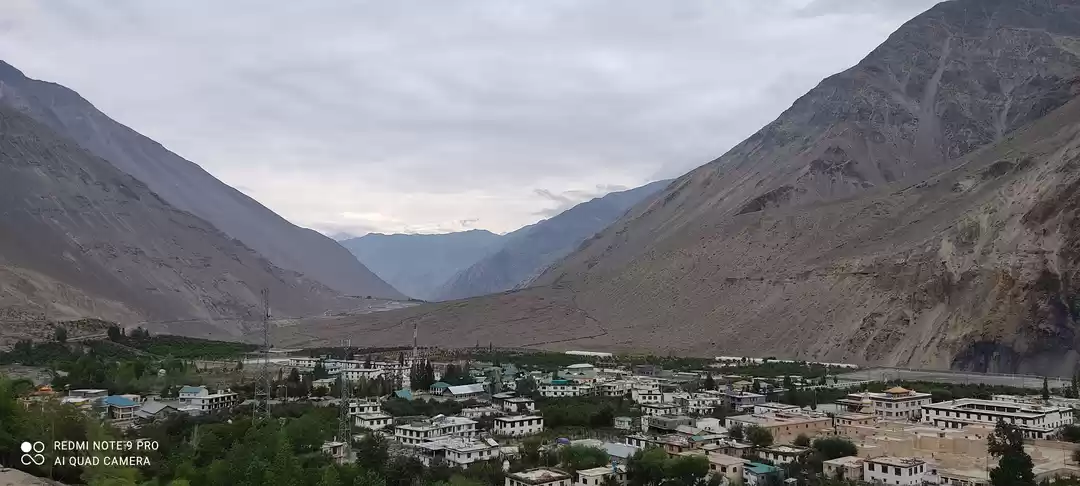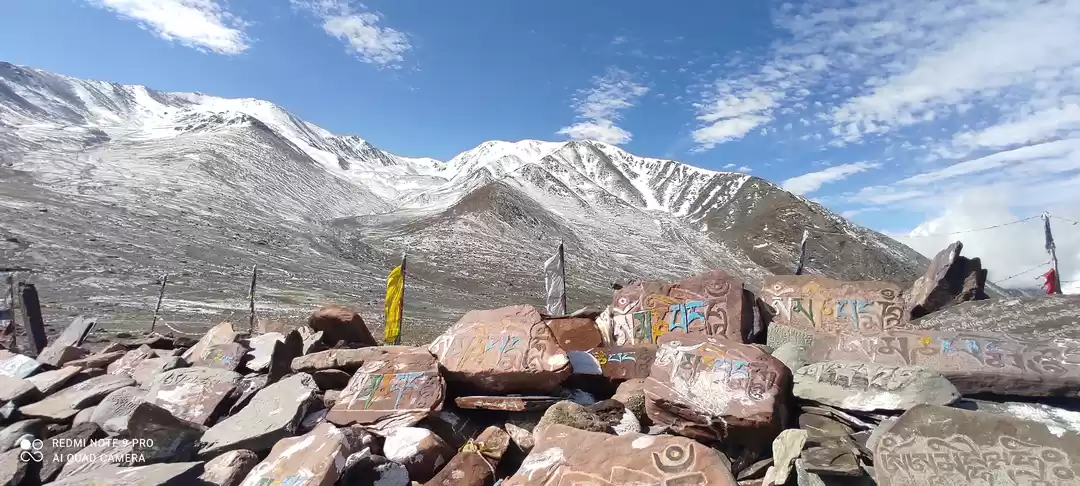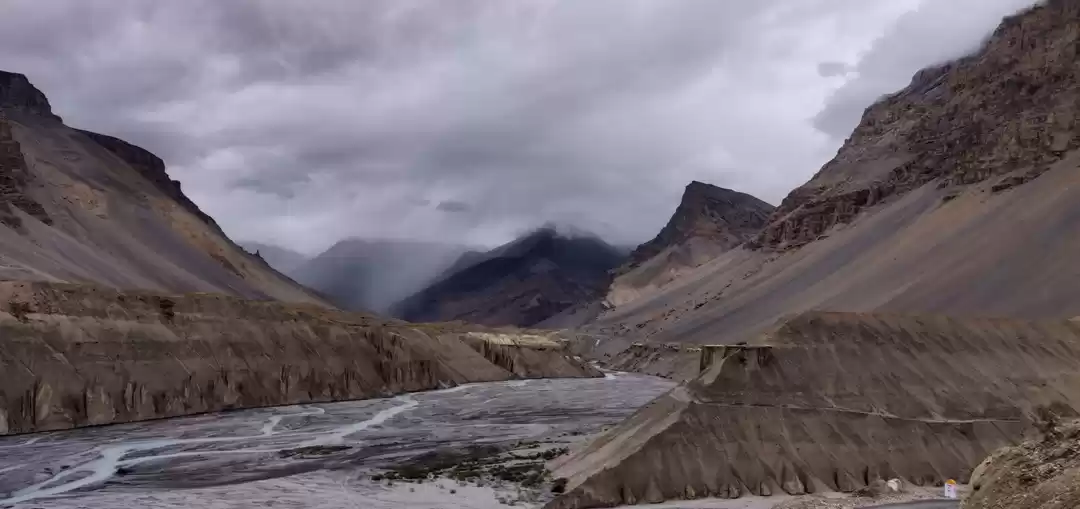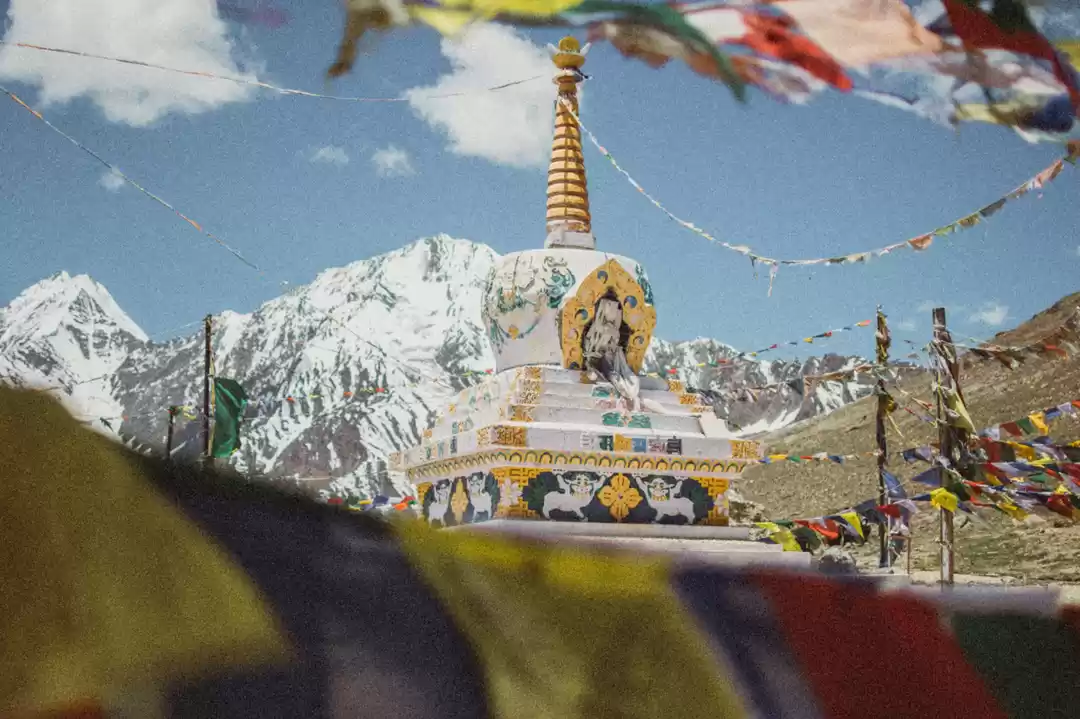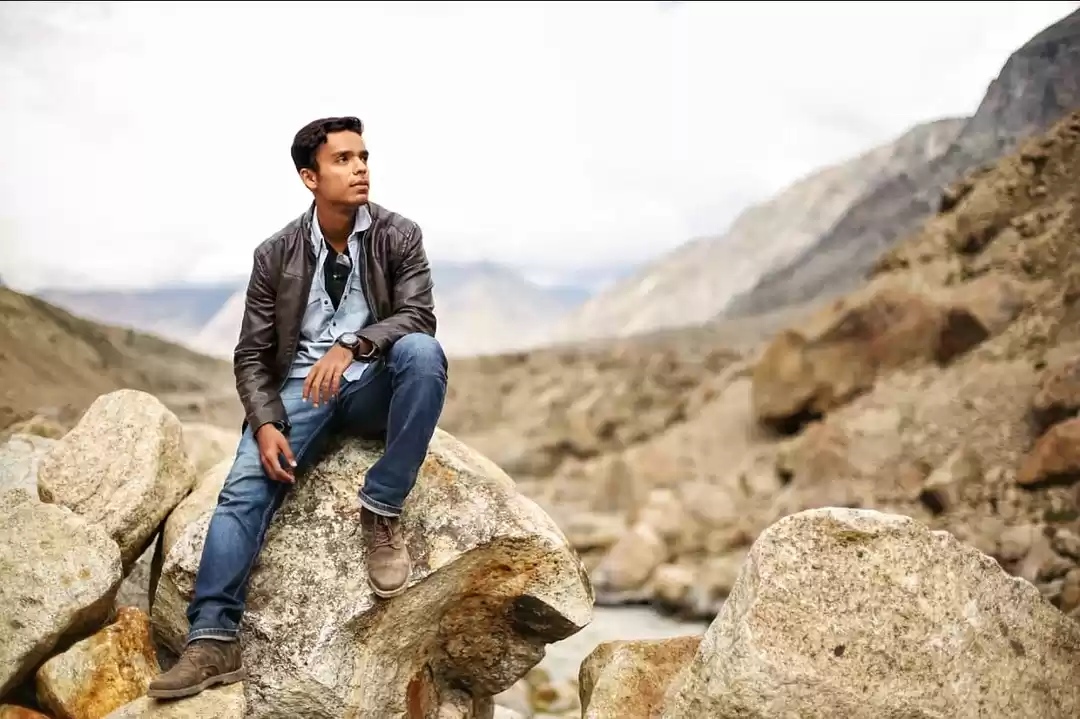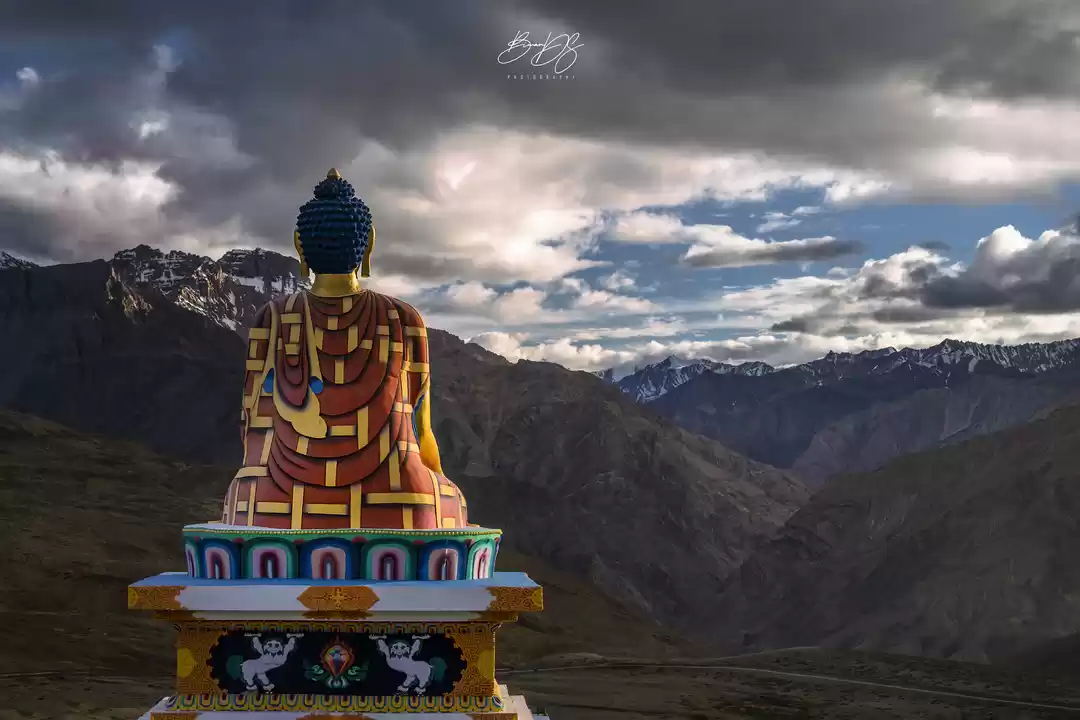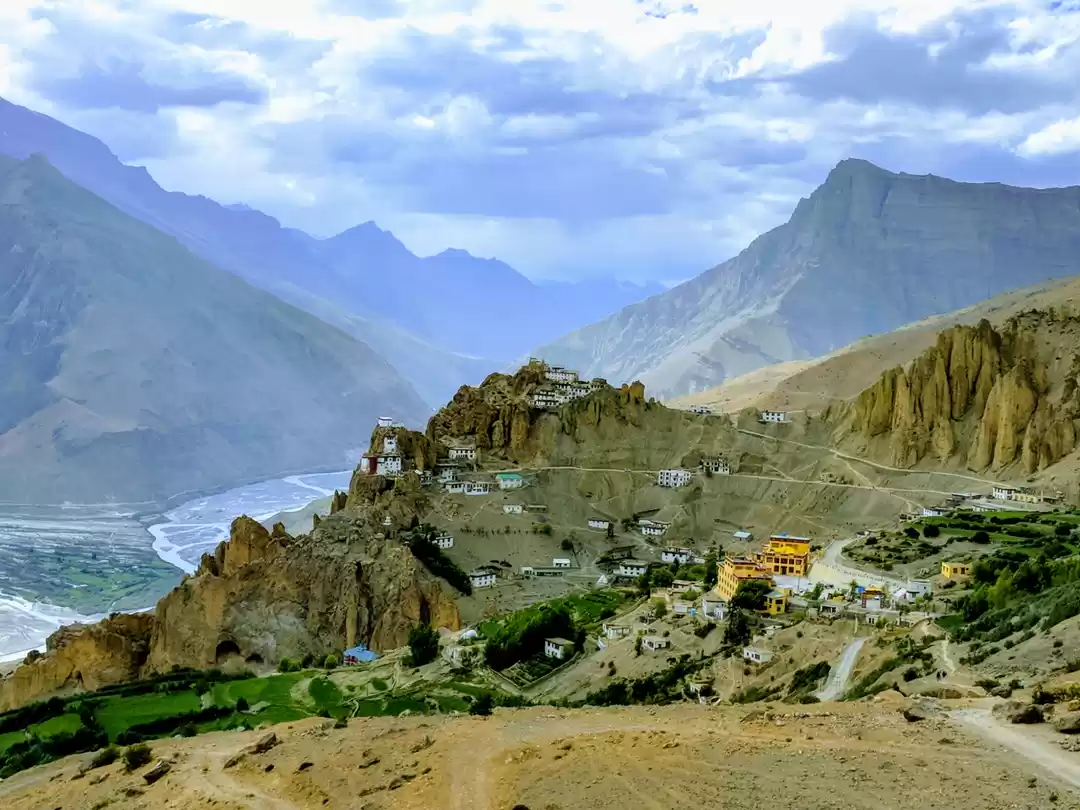A picturesque paradise echoing with tranquillity and spirituality, Spiti Valley is home to several Buddhist monasteries and stunning natural sites, most of which are unexplored and hence, unspoilt.
Snuggled in Himachal Pradesh, the valley boasts a jagged landscape that is cut by the pristine and fast-flowing Spiti river, gushing through deep gorges and valleys.
The river is very popular among water sports enthusiasts, especially for river rafting. The lush and emerald landscape of the valley, surrounded by snow-capped mountains, is ideal for lovers of adventure-sports like trekking, paragliding and camping.
Spiti is often referred to as Little Tibet because its terrain, vegetation and climate are very similar to that of Tibet.
It is perched at a height of 2,745 m above sea level and is surrounded by Lahaul, Ladakh, Kinnaur and Kullu. From Lahaul, one can enter into Spiti Valley via the Kumzum La or Kumzum Pass, which is located at a height of 14,931 ft.






Giu Village:
Perched at a height of almost 10,000 ft above sea level, the quaint village of Giu is known for its picturesque views and stunning surroundings. Tourists are drawn to this seemingly sleepy village for a mysterious 500-year-old naturally preserved mummy. It is believed to be of a lama who died in a sitting position when he was only 45 years old. It can still be seen in a sitting position, with a rosary in its hand, and its nails, teeth and hair intact.
The body parts have not decayed either, despite no chemical preservation. There is a belt tied around its body that is believed to be the gomthak that monks would tie around their neck and down till the knee as they meditated. Some believe that the yogic posture in which the monk is sitting can self-preserve the body. The monk, from the Gelugapa order, was called Sangha Tenzin. It is fondly called Mummy Lama by the villagers.
Today, it is placed in an independent room on a hilltop and is a major tourist attraction. Carbon dating dates it back to 1475. Local lore says that the villagers believe the mummy looks after the village. In fact, there is a legend that says that the monk sacrificed his life to save the village from a menace of scorpions and, till date, there have been no more scorpion sightings in the village.
Losar:
The first inhabited village of the area, Losar lies where the Losar and Peeno streams meet. It is situated at a height of 4,080 m above sea level. This village is located adjacent to the Indo-Chinese border and is the extreme end of the valley, its landscape very much resembling that of Ladakh. Towering and beautiful mountains, picturesque rivers and gorgeous vistas make Losar a must-visit destination for nature-lovers.
Though it is unexplored, the village has shops, schools, a post office and a health centre, serving to the convenience of those visiting it. Another attraction nearby is the Chandratal or the Moon Lake, where one can get even more lovely views. To reach the moon lake, one has to cross the Kunzum Pass. The best time to visit Losar is between July and September.
Dhankar:
The city of Dhankar is one of the most popular sites in Spiti. The prime attraction here is the Dhankar Gompa or Dhankar Monastery, which lies at a height of about 3,370 m, and is almost 1,000 years old. The word 'dhankar' means fort in local dialect, and the place was once the castle of Nono, the ruler of Spiti. This fort monastery was also used as a prison during the early days of its construction.
One can find several Buddhist scriptures in the Bhoti script, along with a life-size silver statue of Vajradhara (supreme essence of all male Buddhas) that sits on a glass altar ornamented with scarves and flowers. Another highlight is the statue of Vairochana or Dhayan Buddha that leaves one in awe of its splendour. Around 150 lamas call this monastery home. Visitors can also undertake a 2 km trek to the Dhankar Lake, which lies above the monastery.
Tabo:
This seemingly dull village of mud huts holds beautiful attractions. It is situated in a bowl-shaped flat valley with the Tabo Monastery lying at the bottom of the valley, unlike other monasteries which are usually perched atop hills.
One will find galleries of wall paintings and stucco statues here, earning it the title of 'Ajanta of the Himalaya', inspired by the Maharashtrian destination which has caves full of art.
Founded in 996 AD, Tabo is the largest monastic complex in Spiti Valley. Also called Tabo Chos-Kor Monastery, it is said to have been founded by the Tibetan Buddhist Iotsawa (translator) Rinchen Zangpo on behalf of Yeshe-O, the king of Guge in the western Himalayas.
Triloknath Temple:
The Triloknath Temple, around 60 km away from Spiti, is one of the oldest shrines in the area. It is visited by both Hindus and Buddhists – the only temple in the world to be revered by both. While the Hindus worship Triloknath as Lord Shiva, the Buddhists consider him as Arya Avalokiteshwar; in Tibetan language he is known as Garja Fagspa.
A stone complex found in the temple in 2002 traced its establishment to the 10th century, when it was known as Tunda Vihar. The inscription also describes that the temple was built by Dvanjra Rana, one of the ancestors of the Rana thakur rulers of Triloknath village.
Rock Climbing And Trekking
The snow-clad mountains around Spiti Valley provide an ideal opportunity for trying out one's rock-climbing skills. The reward after all the strenuous climbing is the unbelievably beautiful view of the wonders of nature – high peaks, deep valleys and a pretty stream meandering through lush foliage.
Spiti Valley offers two types of treks - Low Altitude Trekking, which is below the snow line, and High Altitude Trekking, wherein one can cross high passes, snowfields and tough terrain. The most popular is the Chandratal lake trek that lets you explore the beautiful moon lake. You can also hike to Parang La, which is a nine-day trek to a height of over 18,000 ft above sea level. Beginning in Kaza, it passes through Kibber, one of the highest villages in the world.
For a more challenging trek, you can opt for the Kanamo Peak trek, that takes you to a height of almost 20,000 ft! Passing through the huge and beautiful Ki Monastery, where you can admire wall paintings, is one of the best ways to explore the valley. July to October is the right time for a trekking expedition to the valley.
Ki (Kye, Kee) Monastery
One of the largest monasteries in Spiti Valley, located at a height of 4,166 m above sea level, the charming Ki Monastery is an interesting addition to any spiritual traveller's bucket list. This serene Buddhist site houses many beautiful murals, paintings and stucco images, which are stunning examples of 14th century monastic architecture and leave visitors in awe of their splendour.
Alongside, there are unusual wind instruments that are used as part of the orchestra whenever the chham (masked and costume dance) dance is performed. One can also see a beautiful collection of weapons, which may have come in use whenever the monastery was attacked by marauders.
The Kalchakra ceremony was performed here by His Holiness the Dalai Lama in August 2000. This prayer is organised on a grand scale with an aim to awaken the Buddha nature of each individual, using a combination of prayer, teaching, blessing, devotion, mantra, yoga and meditation.
It is essentially a search for peace. Many believe that even if one is simply present at this initiation ceremony that lasts for a few days, one can be free of suffering and gain enlightenment. There are five main subjects in focus – cosmology, psycho-physiology, initiation, sadhana (study) and attaining Buddhahood.
Kibber
Lying at a height of 4,205 m above the sea level, the mountainous village of Kibber is known for its natural beauty and monasteries. Many say that the landscape of Kibber resembles that of Tibet and Ladakh and thus its beauty lies in its barren splendour. The famous Ki Monastery, which is the largest monastery in the valley, lies very close to the village that is a base for several high-altitude treks.
Another attraction is the Kibber Sanctuary that lies a little beyond the village and is spread over a 1,400 sq km area. This sanctuary is the only one in India that is located in a cold desert and one can find blue sheep and ibex here.
Kibber is also one of the most fossiliferous (containing fossils or organic remains) regions in the country and a great place to learn about history. Kibber used to be the highest village in the region and was permanently inhabited and connected by a motorable road.






